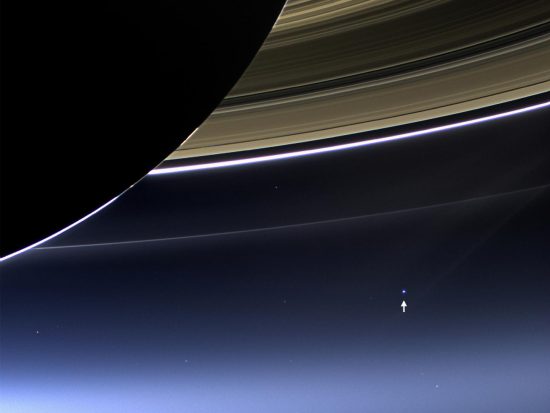You may have heard about the impending arrival of our latest robotic explorer on Mars. The goal of this mission is to finally find those elusive six-armed ten-foot-tall green men and the super-hot (though delicate) princesses that current theory says have to be up there somewhere.
First, Curiosity has to land safely on the red planet. I have to confess that I’m a wee bit skeptical about this plan. I’ve linked to a video below, but before you go there, allow me to enumerate the stages of the landing.
- The mother ship releases the landing system. This is pretty routine at this point, and assuming no miles/kilometers snafus, should be all right.
- The craft hides behind its heat shield as it streaks through the atmosphere – this also fairly routine, except this time the payload can shift around behind the shield to get a little bit of steering. But it can’t see anything because it’s behind a heat sheild.
- Mars’ atmosphere is not thick enough to provide all that much braking, so now it’s time to deploy a parachute! I imagine the (estimated) shock of opening the chute has been tested many times, but needless to say, not in an atmosphere as thin as Mars’. So it’s all been simulations on the individual parts.
- As soon as the ‘chute is open, the heat shield has to go, so the lander can see the ground with its radar. This is the kind of thing that seems simple but so often turns out to be the killer. One explosive bolt doesn’t fire, and all is lost.
- But hold on, there, sparky! The parachute is still dropping too fast, and there’s not enough control over the landing spot. Now it’s time for… rockets! Controlled by computers! 500,000 lines of code! Holy crap. Several things have to happen at almost the same instant: all four rockets fire and the parachute is released.
- First maneuver: dodge the parachute. The lander will have to juke to the side. Remember, this machine has not been tested in conditions anything like Mars.
- Safe and stable, the lander will pick a sweet spot to set down the rover. It will not have help from humans.
- Oh, if only it were that simple. There’s a problem with dust, you see, if the rocket-powered hoverboard gets too close to the surface. (How close is too close? Well, now, how fine is the dust right there? How windy is it? Guess we’ll find out.) Rather than land on rocket power, our little miracle will hover and lower the rover on ropes. (How windy is it again? Are there any conditions the software wasn’t tested for?)
- After that, all that can go wrong is that the ropes fail to disconnect or the hover-thingie explodes and crashes onto the rover.
Right here I was going to say, “What? no ______s?” but I couldn’t come up with anything to put in the blank. (I’m sure lasers, ultrasonic beams, and explosives are all used in there somewhere.)
Here’s the promised link: Curiosity Before Mars: Seven Minutes of Terror
The entire sequence lasts seven minutes and we’re fourteen light-minutes away from Mars. We won’t hear anything back until the rover is either free and ready to roam or a twisted pile of junk. NASA is calling the seven minutes of descent “Seven minutes of terror.”
Now, there are a lot of smart people at NASA, and I’m sure I’m not going to come up with an alternative they haven’t considered. But really, I have to wonder if this is the result of solving a bunch of little problems instead of stepping back and reassessing the fundamental goal. Soft landing in a chosen spot without messing everything up with dust. Seriously, there has to be an easier way. It might involve a big-ass zip-lock bag.
Still, all this crazy complexity and systems that could not be tested in the actual environment has a pretty good chance of success. We’re actually getting pretty good at virtual testing, and engineering to amazing tolerances. I’ll be checking in on Sunday to see how the whole things plays out, and hopefully we can finally find that valley with the jewel-encrusted cliffs of solid gold.
Sharing improves humanity:


